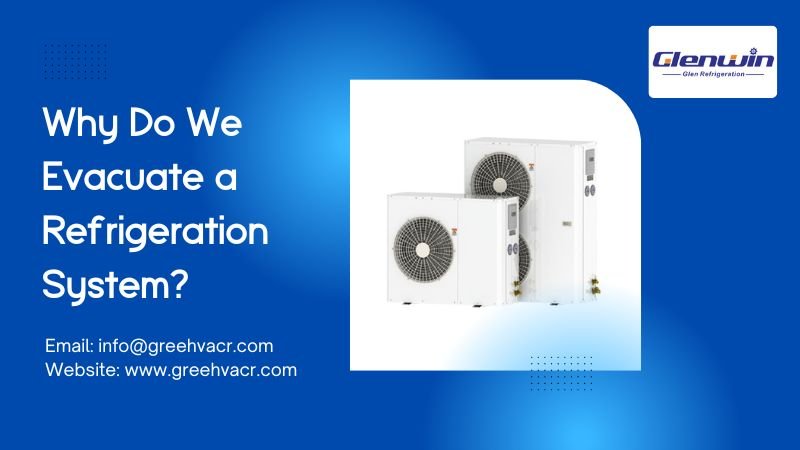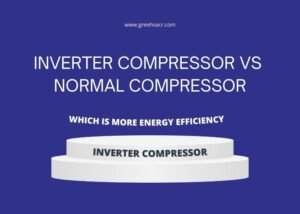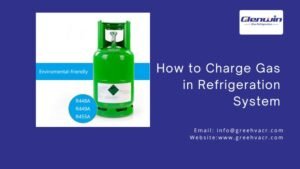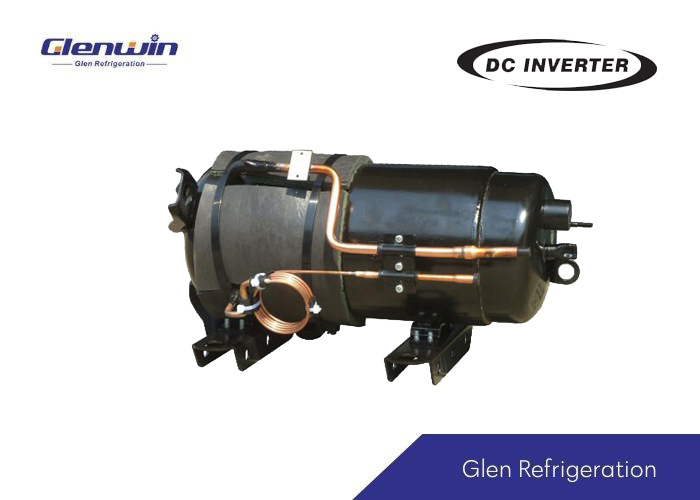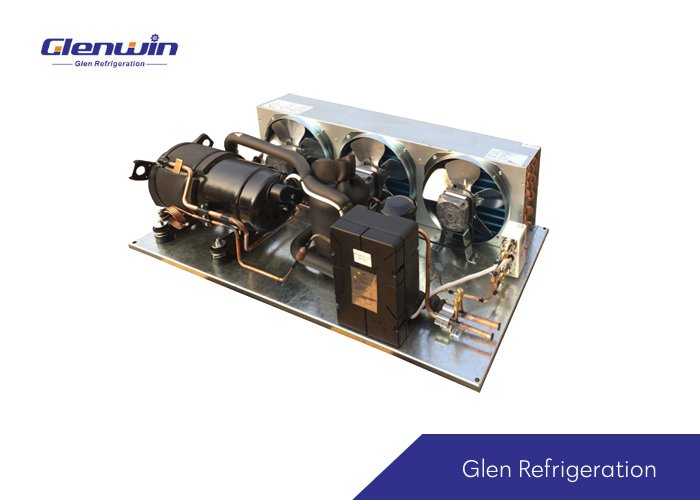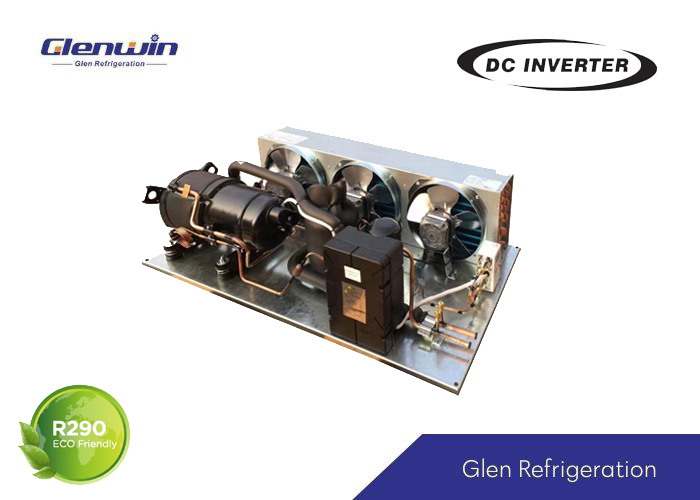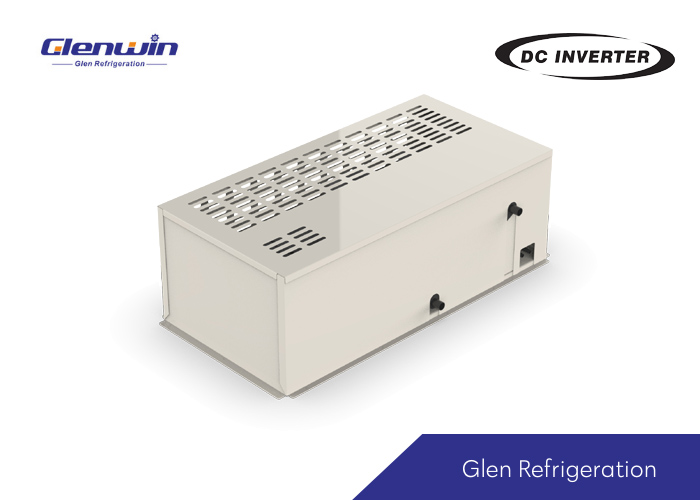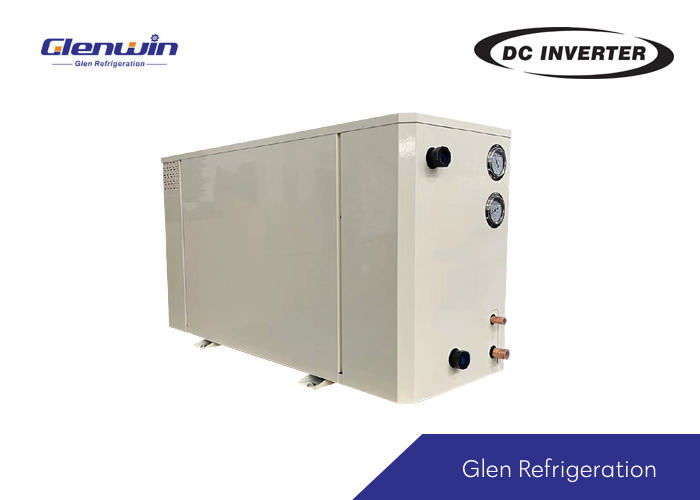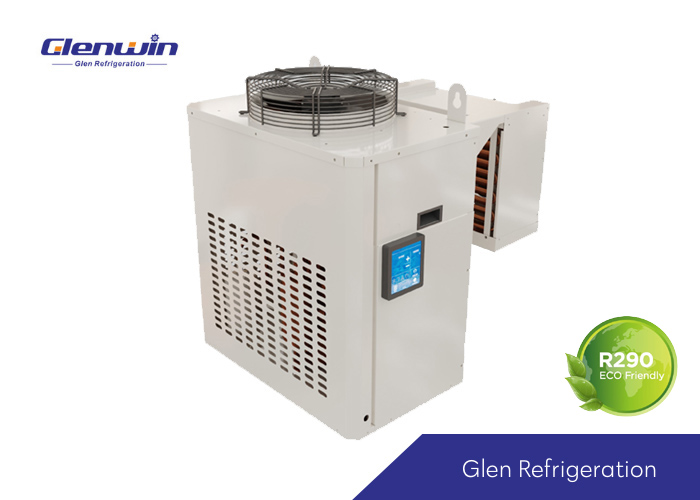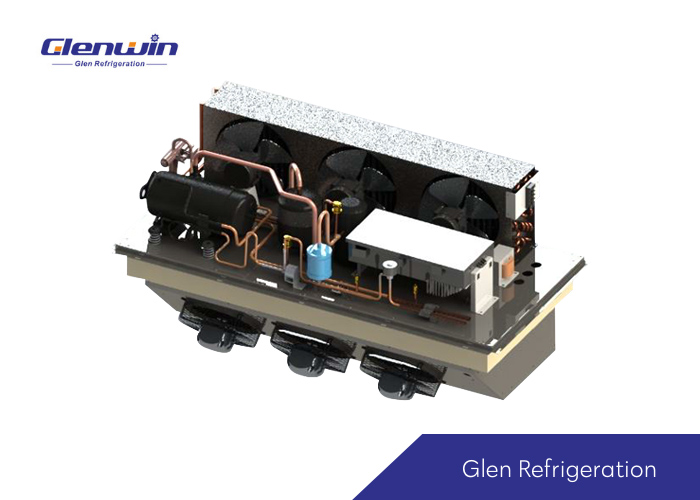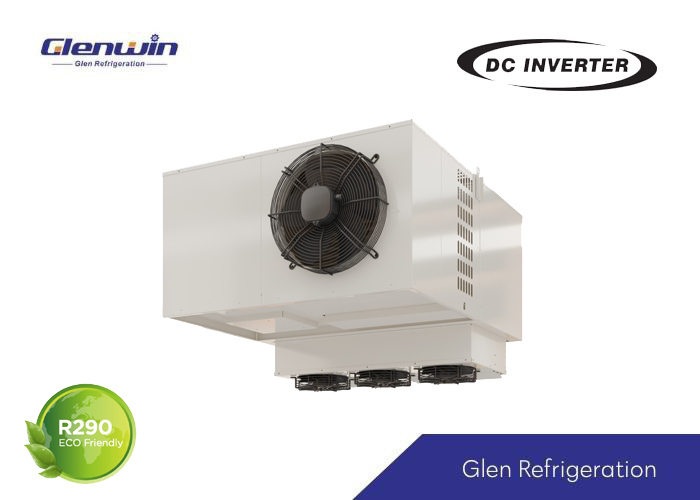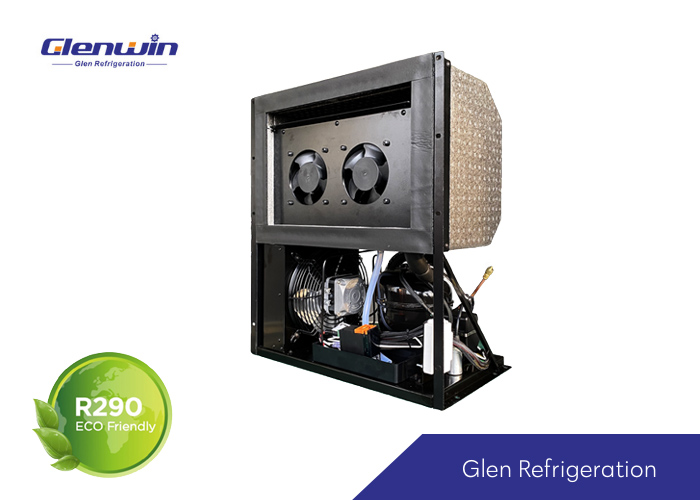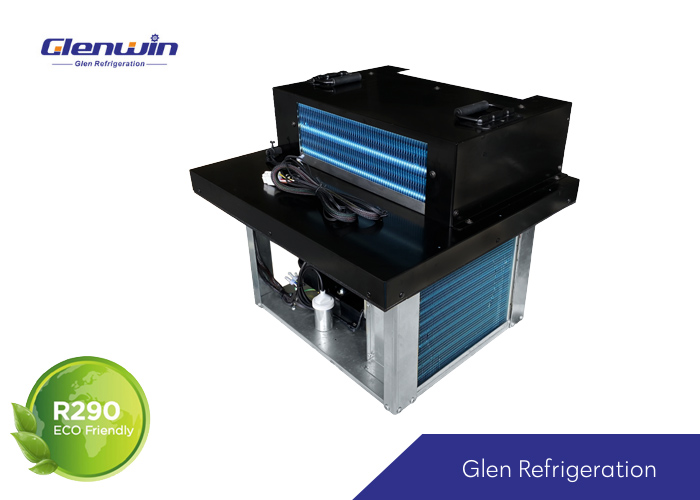What is Refrigerant Evacuation?
Refrigerant evacuation means evacuates a refrigeration system by a vacuum pump, evacuates the air, water vapour from the refrigerant cooling system.
Why Do We Evacuate a Refrigeration System? What Is The Purpose of System Evacuation?
For a commercial refrigeration system, evacuation is an essential and important process before refrigerant charging in production, installation and maintenance. Because the air contains a large amount of nitrogen, oxygen and water and so on. These gases will cause harm to the operation of our refrigeration system. The air contains:
| Type of Gas | Share |
| Nitrogen | 78% |
| Oxygen | 21& |
| Noble gas | 0.94% |
| Carbon dioxide | 0.03% |
| Water and impurities | 0.03% |
What Effect Does Nitrogen Have on a Refrigeration Cooling System?
Nitrogen is a non-condensable gas. The so-called non-condensable gas means that the gas circulates with the refrigerant in the refrigeration system, but not condense with the refrigerant, and does not produce any refrigeration effects.
The existence of non-condensable gas has great harm to the commercial refrigeration system. It will cause the increase of the condensing pressure and the condensing temperature . The condensing temperature increase, the compressor discharge temperature also increase, resulting in the increase of the power consumption. The nitrogen enters the evaporator and cannot evaporate with the refrigerant; it occupies the heat exchange area of the evaporator, so that the refrigerant cannot fully evaporate and the refrigeration efficiency is reduced; at the same time, due to the high discharge temperature, the lubricating oil may be carbonized, affecting the Lubrication effect, in severe cases, the motor of the refrigeration compressor will be burned.
What Effect Does Oxygen Have on a Refrigeration System?
Oxygen is also a non-condensable gas. We have already analyzed the harm of non-condensable gases above. Except that, if the oxygen enters the refrigeration system, there are other hazards:
- The oxygen will chemically react with the oil in the refrigeration system to generate organic matter, and finally form impurities, which will enter the refrigeration system and cause dirty blockage.
- Oxygen and refrigerant and water vapor impurities are prone to form an acidic chemical reaction, which oxidizes the refrigeration oil. These acidic materials will damage various components of the refrigeration system and damage the insulation layer of the motor; at the same time, these acid products will always stay in the refrigeration system, eventually led to the destruction of the compressor in the refrigeration system.
What Effect Does Water Vapor Have on a Refrigeration System?
If there is water vapor in the refrigeration system. The first thing that affects the throttling structure. When the water vapor enters the throttling valve, the temperature drops rapidly and the water reaches the freezing point, resulting in freezing and blocking the small holes of the throttling valve, resulting in ice blockage.
- Corrosion of pipes. If water vapor enters the refrigeration system, and the water content increases, it will cause corrosion and blockage of pipes and commercial refrigeration equipment.
- Produce sludge deposits. During the compression process of the compressor, the water vapor and oil, refrigerant, organic matter, etc., causing damage to the motor winding, metal corrosion and form the sludge deposits in high temperature condition.

In summary, in order to ensure the effect of the refrigeration system, prolong the life of the commercial refrigeration equipment, the refrigeration system must be evacuated.
How to Properly Evacuate a Refrigeration System? What is Evacuation Process?
There are Four steps of evacuating a Condensing Unit.
First Step: Connect the pressure gauge and vacumm pump. (As shown in figure 1)

Second Step: Open the high and low pressure stop valve. Maximum opening. (As shown in figure 4)

Third Step: Disconnect the main power of the condensing unit; remove the wiring of the liquid pipe solenoid valve then connect to the 220V power supply. Open the liquid pipe solenoid valve (As shown in figure 2)
Open the solenoid valve inside the refrigerated display cabinet. (Ignore this step if there is no solenoid valve)


Forth Step: Turn on the vacuum pump to evacuate.
What is the Maximum Time for Evacuation in the Refrigeration System? What Level of Vacuum should be Pulled When Evacuating?
Evacuation Standard: For R404A condensing unit system, evacuate for 1~2 hours after absolute pressure reaches 6.7Pa.
What is Important to Properly Evacuate a Refrigeration System?
Pay Attention: Evacuate from the high and low pressure side at the same time.
